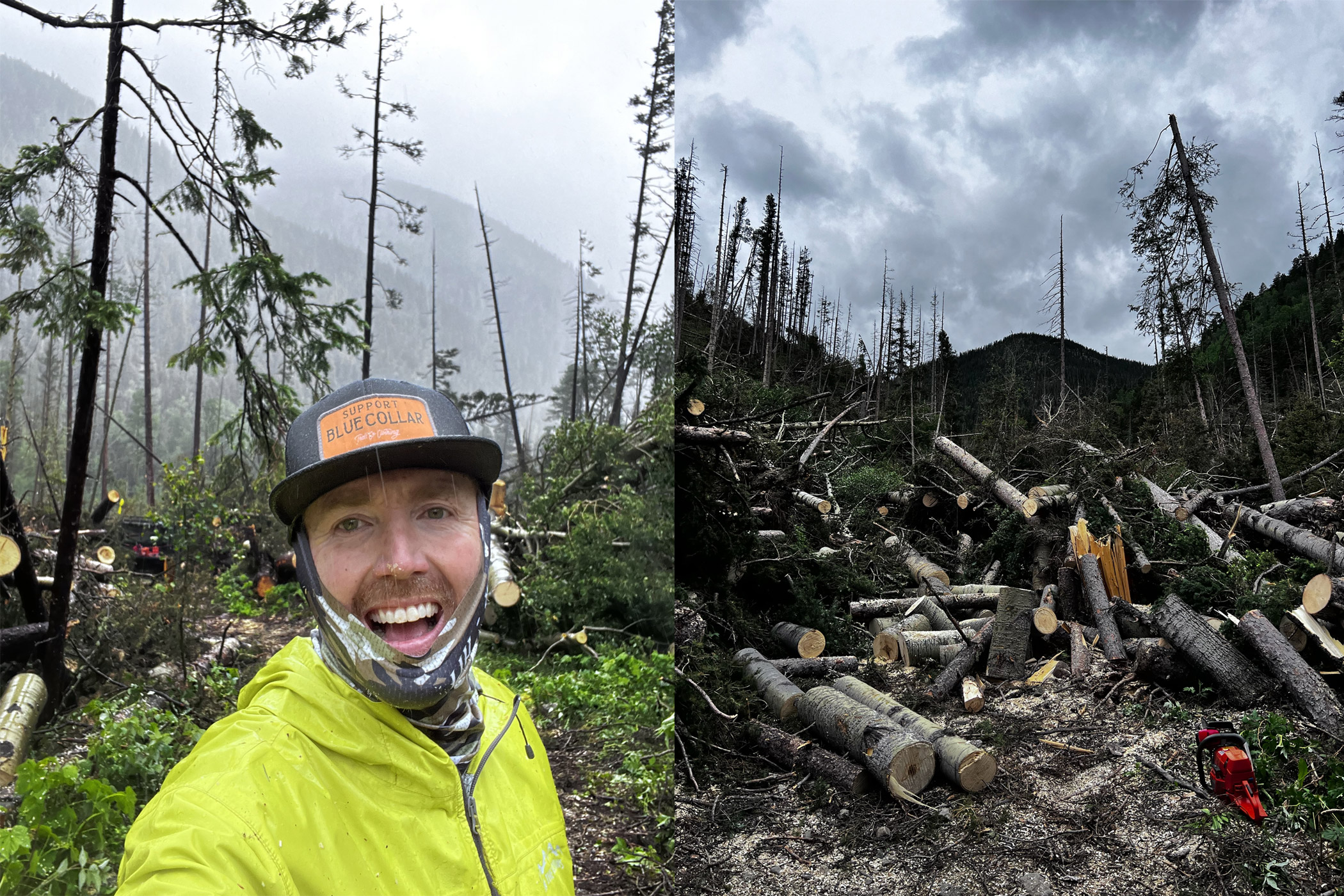Every June, a few hundred slightly warped paddlers spread anti-chafing cream on their skin and tape tubes of ibuprofen to the inside walls of their canoes. They top off water bottles, slather on sunscreen, and shove down one last energy bar.
Then, just before 9 a.m., they slide their boats into a spring-fed lake in San Marcos, south of Austin, Texas, and prepare for the start of “The World’s Toughest Canoe Race.”
Colloquially known as the “Safari,” the race started back in 1962, when Texans Frank Brown and Bill “Big Willie” George, paddled their 14-foot fishing boat from San Marcos to Corpus Christi. It took them 20 days and 8 hours, and as the legend goes, they hunted and fished (eating squirrels and bass) along the way.
The next year, the two men invited the public to join them in their misery. Anyone who took them up on the offer would have to bring whatever they needed for the entire trip; no one could hand them supplies along the way.
Things have changed since then.
Running the Modern Day ‘Texas Water Safari’

The race still follows the cool, clear San Marcos River as it flows into the Guadalupe River and heads toward the Gulf of Mexico, getting muddier as it goes. The race today ends shy of Corpus Christi, Texas, in the town of Seadrift. Though, paddlers still have to slog across the bay to reach the finish line. And depending on how Mother Nature is feeling, those last 10 miles can take a few hours — or an entire day.
Teams get handoffs from support crews at checkpoints along the way. Those support teams can hand the athletes water and ice as well as food (since 2012, when a racer died of hyponatremia, a low concentration of sodium in the blood).
Racers wear GPS trackers so race organizers and fans can track their progress, and they can carry cellphones for emergencies. They also bring flares, snake bite kits, water pumps, headlamps, and other necessities.
But it’s no leisurely paddle.
The race bakes participants in the hot sun, fries their brains with sleep deprivation, and spits them into rapids and saltwater chop. Paddlers haul their boats around dams and over floating mats of logs and brush (and the occasional dead farm animal). They slog through mud, encounter swarms of mosquitos, and pass the occasional alligator. The top finishers don’t stop — not to sleep, not to eat, not even to pee. At a certain point, hallucinations kick in.

In 2022, the race attracted 149 teams of between one and six paddlers each. Some paddled sleek, bullet-shaped racing craft; others used traditional aluminum canoes. Racers range from elite athletes to recreational paddlers out to test their mettle, and they come in all ages and skill levels.
One long-time competitor in his 80s always packs a bag of Swisher Sweets cigars to puff along the way. The six-man “Cowboys” team races every year with a rotating cast of paddlers. In 2019, an all-women’s team dubbed “the Night Witches” became the first all-female squad to finish in under 40 hours. They placed fourth overall.
I myself have started the race twice and finished once. In 2019, I teamed with two veteran female paddlers and finished in about 53 hours. The first 20 hours went well. Then things went south.
My appetite waned; my stomach churned. About 40 hours in, I began to hallucinate. In the dark, trees morphed into leering clowns and bushes became grinning cartoon characters. My butt hurt, my back hurt, and my mind hurt.

When we finished, I staggered out of the water, swore I’d never do the race again, crawled onto a cot, and passed out. I didn’t feel normal for an entire month. (Sleep deprivation will do that to you.) But despite the unpleasantries, the sense of accomplishment was priceless, even if the rash on my rear end stuck around for two more weeks.
Last year, with some of the hottest and driest conditions on race day, I went back for more. It didn’t go well. I got sick (and mentally weak) and dropped out at a place appropriately called Cheapside, after 36 horrendous hours. That year, half the field did not finish.
The rest of my team went on without me and finished in a long and brutal 77 hours.

All you get for surviving what’s billed as “the World’s Toughest Canoe Race” is a 5-inch patch decorated with what looks like an alligator and a devil. You also walk away with a fierce sunburn, cracked lips, blisters as big as pecans, and rashes in places humans should never get rashes.
But trust me when I tell you nothing feels as good as making it to the final buoy in Seadrift and slapping your hands on the wooden marker that signifies the Texas Water Safari finish.
Race Day: How to Register

This year, the Texas Water Safari is celebrating its 60th year. The race starts at 9 a.m. on Saturday, June 10, 2023. Paddlers must finish the 260 miles within 100 hours for their finish to officially count. Other basic rules include you must register for one category — novice, standard, unlimited men/women (up to six paddlers), tandem, solo, masters, and more — and your team must have a captain (18 years or older) to follow along with support, and to track location.
The deadline to register for the race is May 19. The entry fee is $200 per paddler through May 4, or $250 through May 19. If canoeing in hot weather and grueling conditions sounds like your jam, consider joining the Safari!








